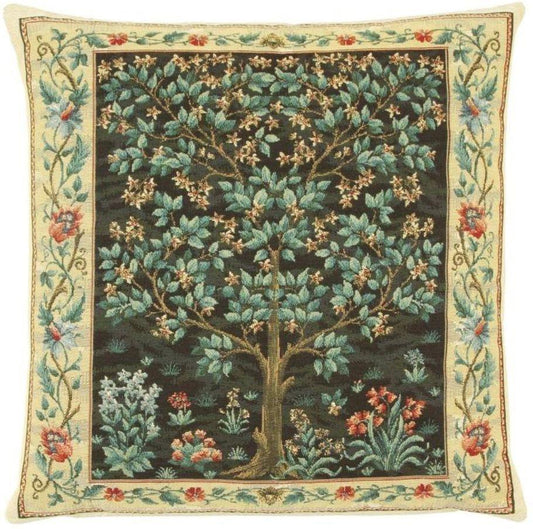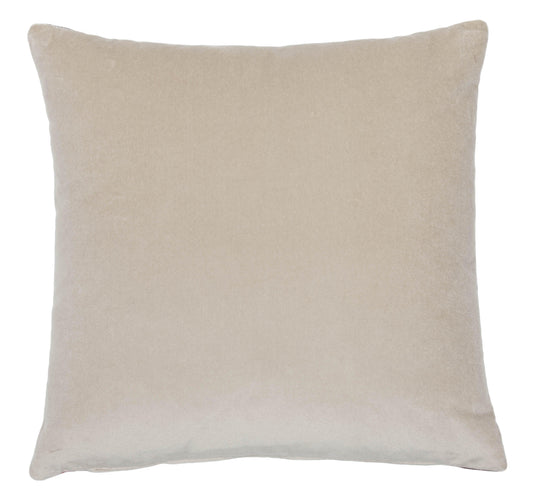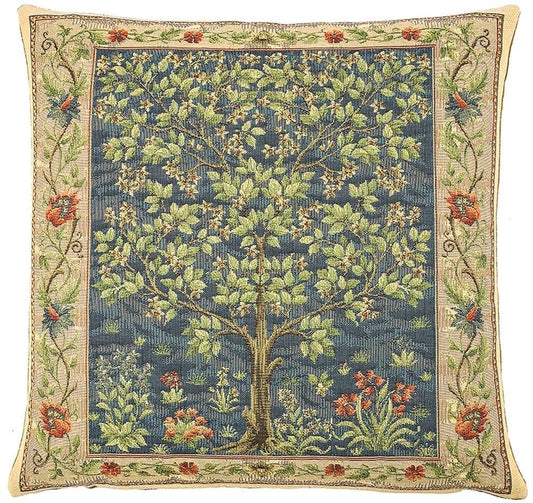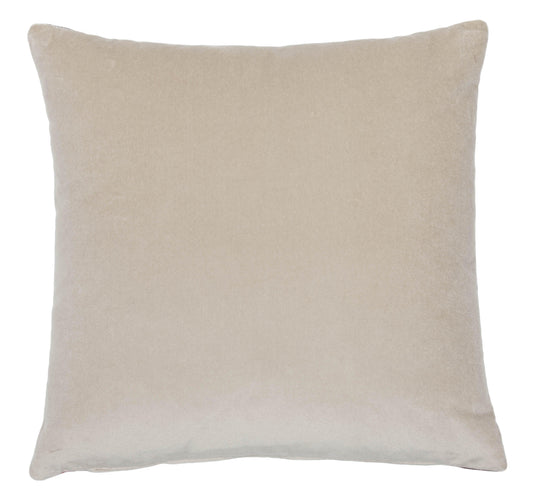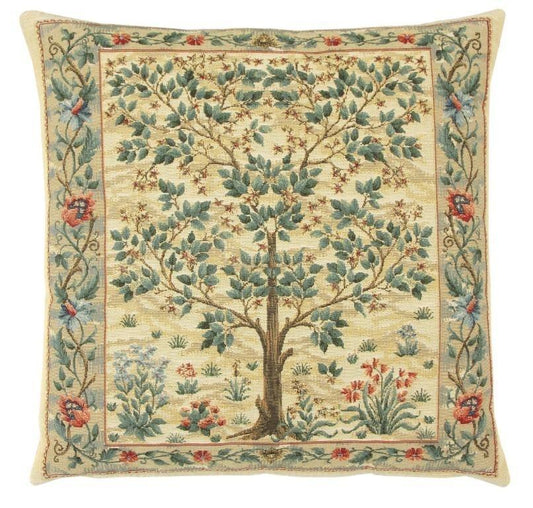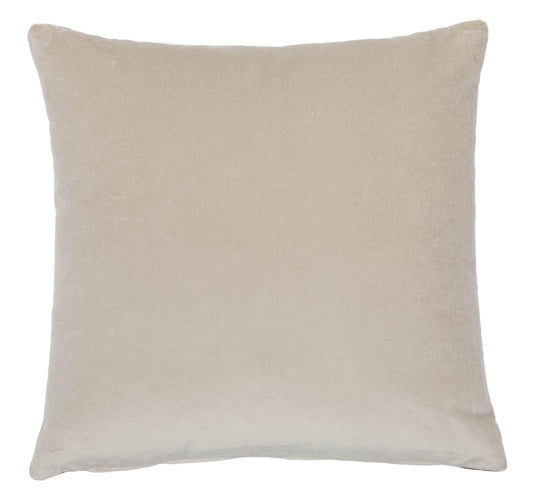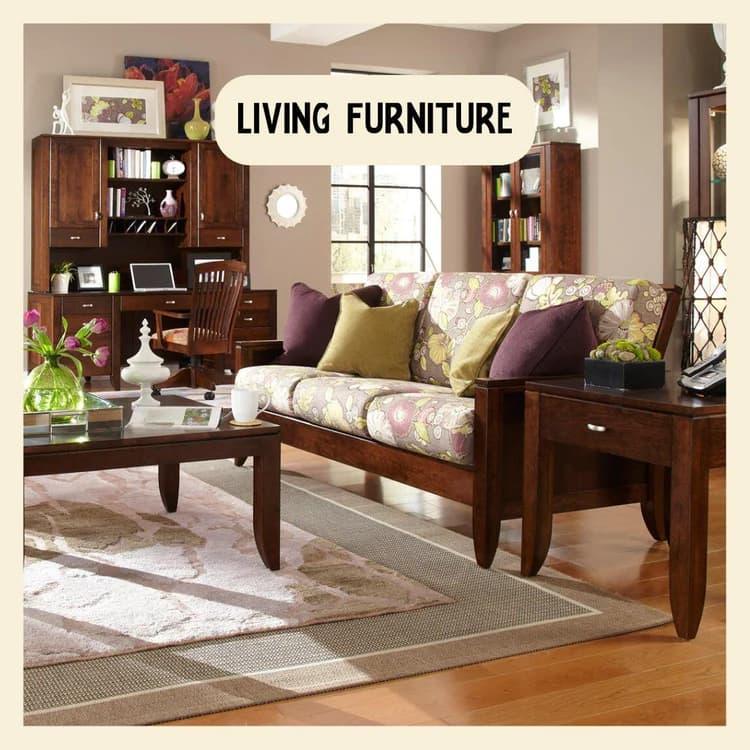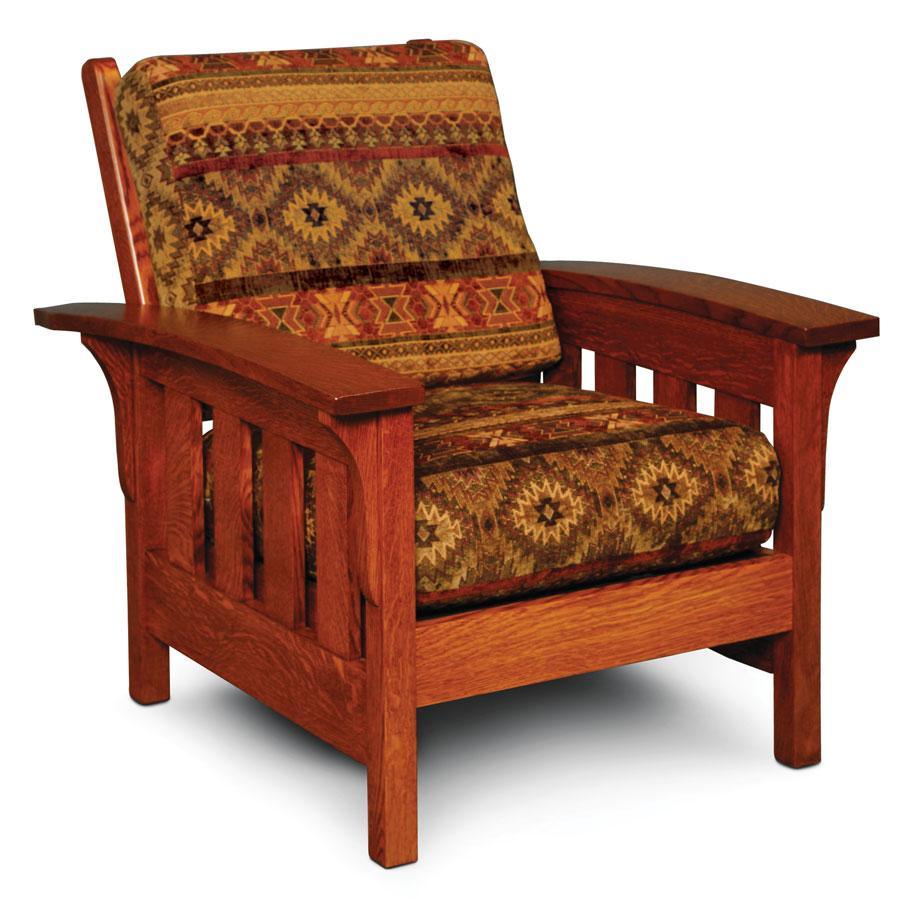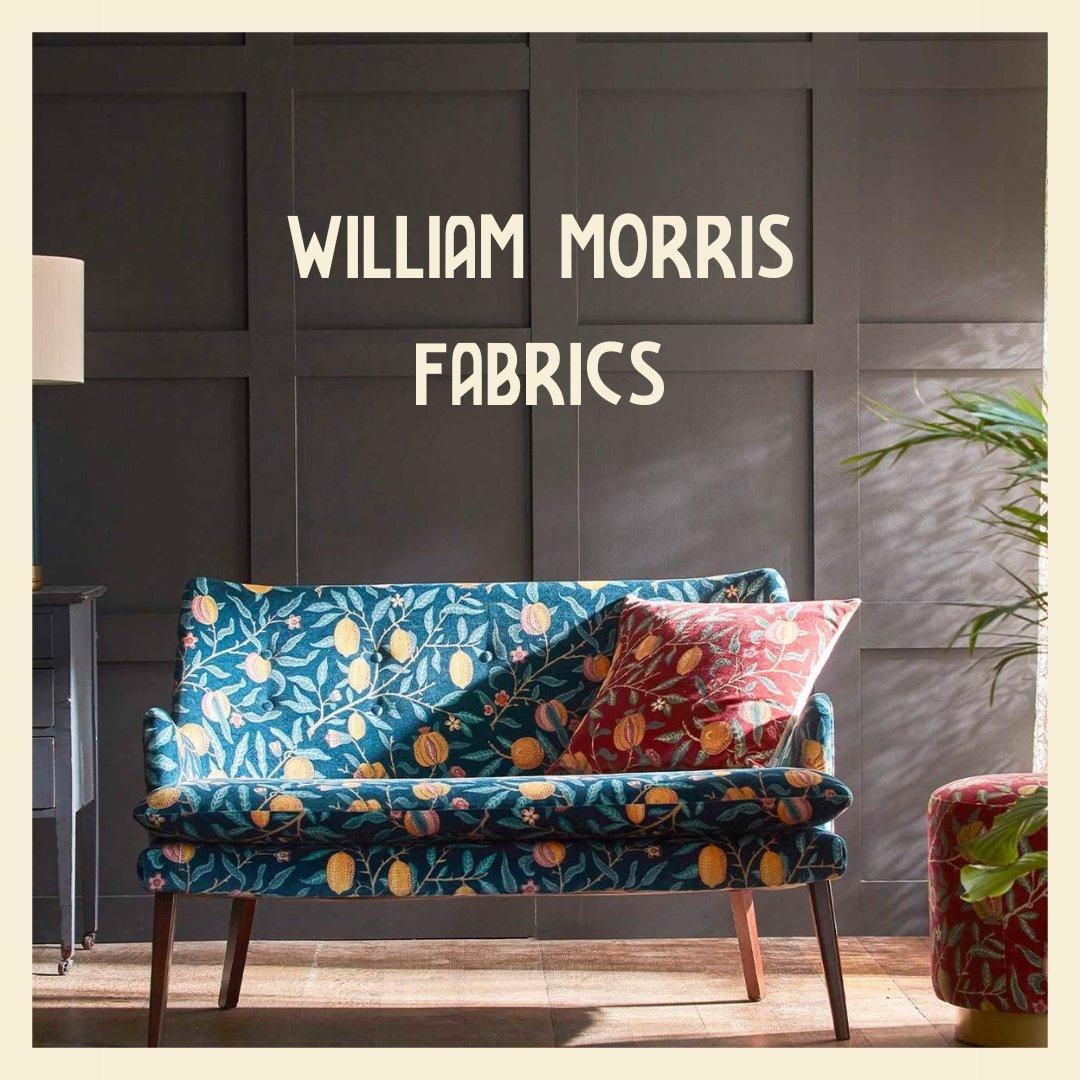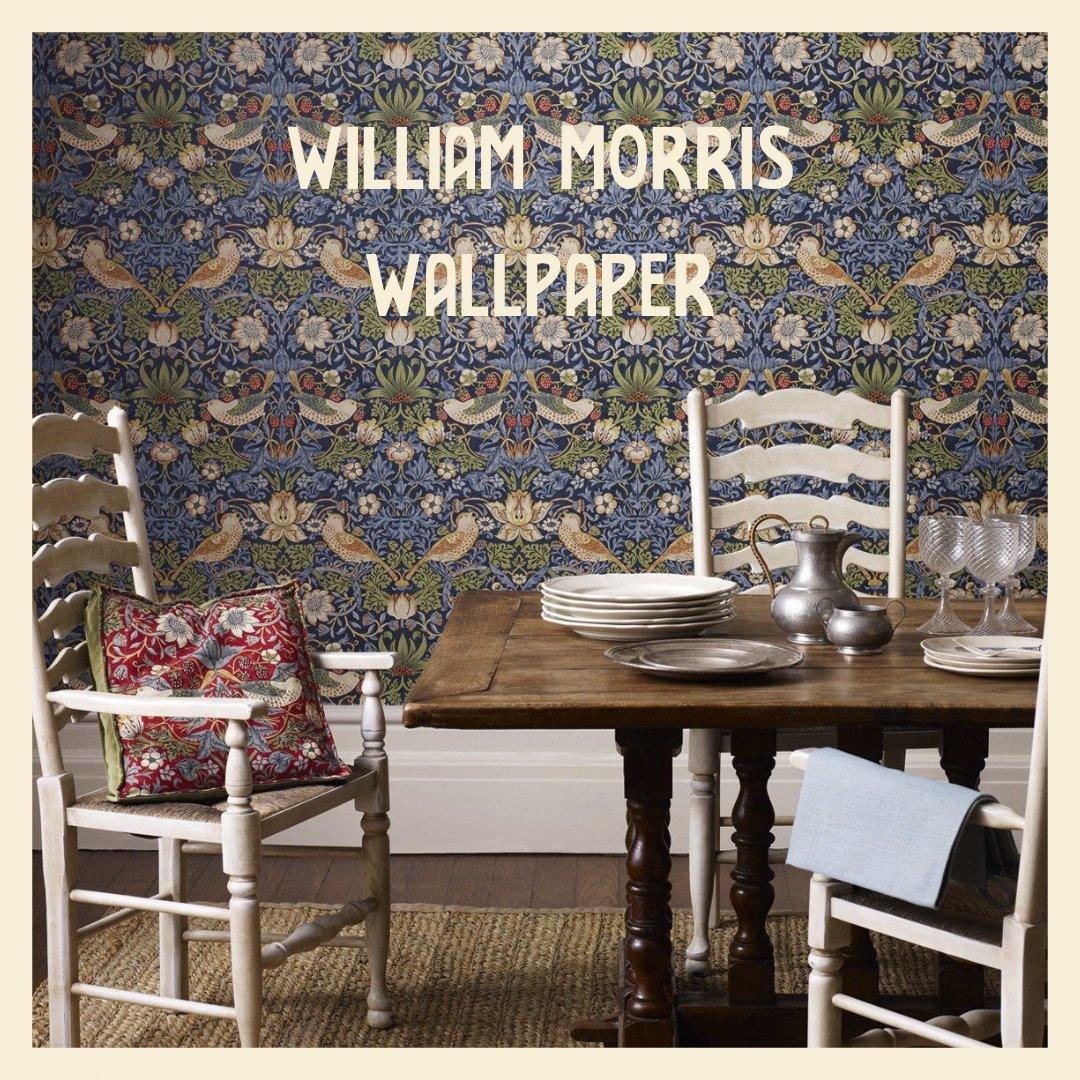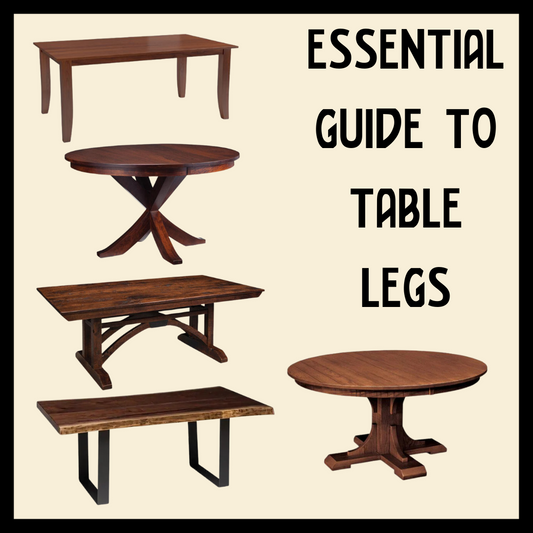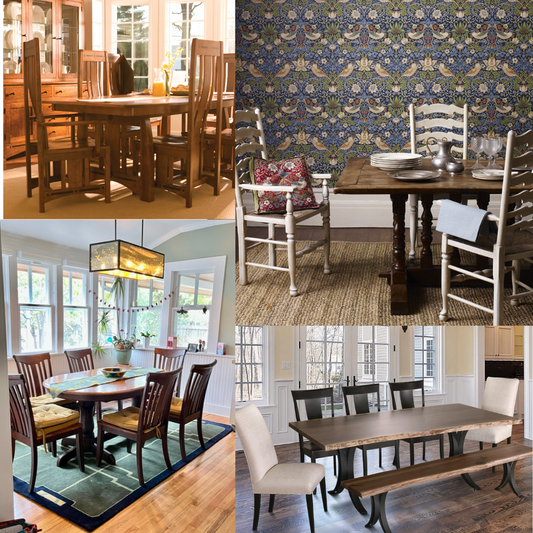Five Things William Morris and Marie Kondo Can Teach Us About Simplicity and Quality
Updated December 28, 2023
In the realm of design and lifestyle philosophy, two influential figures, William Morris and Marie Kondo, may belong to different eras, but their thinking is strikingly similar.
Morris, a prominent figure in the Arts and Crafts Movement during the late 19th century, advocated for a return to craftsmanship and a rejection of mass-produced goods. Marie Kondo, a contemporary Japanese organizing enigma, emphasizes the transformative power of decluttering and cherishing items that "spark joy." Despite living in different corners of the globe and more than a century apart, both Morris and Kondo share a common thread of promoting intentionality, mindfulness, and a deep appreciation for the objects that surround us.
The remarkable similarities between these two visionaries unravel the timeless principles that resonate in their respective philosophies of design and life.
Whether you’re tidying up because of a New Year’s resolution, in the spring cleaning mode or just appreciate their unadulterated thinking of less is more, this post is for you!

Possessions should bring joy and beauty to your life
While you’d think this is a no-brainer, how much of what we actually own brings either of these sentiments to mind? Wait, do we even know what we own?
Let’s start with the second question and Marie Kondo’s KonMarie method of tidying up.
The cornerstone to her design principle is having a house full of items that spark joy. Here’s how you do it:
- Commit yourself to tidying up.
- Imagine what you want things to look like when you’re done - your ideal lifestyle devoid of clutter.
- Discard first and sincerely thank whatever it is that you don’t intend to keep for its intended purpose at the time.
- Tidy by category (clothing, books, papers, miscellaneous, sentimental) not by room.
- Follow the order exactly starting with clothing first.
- Ask if the item sparks joy. (If not, get rid of it)
Once you have an idea of what items you own spark joy, you can also look at whether they bring beauty. And while this is a bit arbitrary and different for everyone, it’s important to know what your own definition is before you decide to go out and buy something new.
William Morris explains that you must see beauty for its own sake and appreciate the virtues of simplicity and utility in design.
Simplicity of life, even the barest, is not a misery, but the very foundation of refinement: a sanded floor and whitewashed walls, and the green trees, and flowery meads, and living waters outside; or a grimy palace amid the smoke with a regiment of housemaids always working to smear the dirt together so that it may be unnoticed; which, think you, is the most refined, the most fit for a gentleman of those two dwellings?
William Morris (Speech, London 1880)

Consumerism is always present, but it doesn’t have to control you
Buying things that simply take up space? Because they’re cheap? Because they’re free? We’re all guilty of it - even those who have been so-called ‘Marie Kondo’d.’ Yes, even they regress.
But it’s nothing to be ashamed of. It’s easy to let the consumerist bug creep back in without knowing it’s happening. It happens today; it happened hundreds, even thousands of years ago. Think about how much stuff the Egyptians were buried with! It’s a good reason as to why William Morris pursued the design approach and minimalist lifestyle he did. It was his answer to Victorian era consumerism so prevalent in Britain at the time. An era in which goods for sale were cheaper and more readily available. A time when people could buy something without really knowing where it came from or how it was made. Homes were being filled with things for the sake of having things.
William Morris pushed back. He began to design with craftsmanship in mind shunning the up-and-coming idea of mass production. He didn’t believe in making something you could throw away when you were tired of it. He wanted his works to be simple and affordable, but of the highest quality. While he may not have realized it at the time, he designed his works to last generations.
Marie Kondo’s philosophy is unapologetically similar. Her guidance speaks to purging your life of superfluous stuff.
Keep only those things that speak to your heart. Then take the plunge and discard all the rest. By doing this, you can reset your life and embark on a new lifestyle.
The environment matters
Let go of the things you don’t need. Do more with less. Be less wasteful and consumer-driven.
It is within these mantras that we find both William Morris’ call to action and Marie Kondo’s drive for decluttering.
William Morris is said to have been an early forerunner of the environmentalist movement with his desire to protect the natural world from pollution, industrialism and capitalism. As mentioned above, he believed that before you make the decision to buy, you should determine if it has beauty and functionality. Living in a time without recycling or donating, clutter would simply be thrown back into the environment from which it came.

But today is different. Even though Marie Kondo is a proponent of getting rid of things that no longer bring joy, she is not a fan of throwing them away. Her guidance is to recycle, resell or donate. She believes that once you get a taste of a more simple, minimalist lifestyle, it will be more difficult to go back to the way things were. Thus, you ultimately come out less wasteful and consumer-driven.
There is a strong relationship between design and quality of life
You mean a less cluttered home or one that has just a few carefully chosen pieces can have an affect on quality of life? Definitely.
If you’ve watched any of Marie Kondo’s show on Netflix, you may already be aware of how she describes the connection between rooms and emotions. While some of this comes from traditional Shinto beliefs, it’s not hard for someone who has no knowledge of these philosophies to draw a line between the two. Think about how she discusses giving respect and attention to hallways. They greet you into your sanctuary. How you have them decorated (and whether they feel cluttered) determines how you will be welcomed home.

Likewise, William Morris understood a connection between design and quality of life. Living through the heart of the Industrial Revolution, he wanted his designs to reclaim the peacefulness and sense of community he feared people were losing due to movement to the big cities. The British Arts and Crafts Movement came to be known as a reaction against industrialization. Advocates of the movement, including Morris, wanted the goods they made to be done with pride, skill and quality - something that could not be replicated by a machine. Morris thought of urban factory workers as enslaved as were those who bought the cheaply made goods to fill their homes. The need for more was sacrificing their quality of life.
Morris therefore designed patterns and textiles that took natural forms found outdoors in the woods and meadows that could then be used to decorate the inside of homes. His patterns are still available in wallpapers and textiles today and exemplify the simplicity he sought in natural beauty.
The more stuff you own, the more it owns you
John Ruskin, a 19th century art critic and influencer of William Morris, famously stated:
Every increased possession loads us with a new weariness.
What would Marie Kondo and William Morris say to this? Probably something along the lines of being willing to let go of the things that lack value or, better yet, don’t acquire them in the first place.
---
Hopefully this has sparked a motivation to check out Modern Bungalow’s extensive collection of high quality furniture and designs that are both beautiful and useful. Things that will last you generations. Maybe it’s also given you some interest in giving the KonMarie method of tidying up a try.
Whatever your enthusiasm for simplifying, we’re here to help you find something that brings harmony to a more mindful and curated lifestyle.

